By
Team DIGO | 08/18/2010 | in
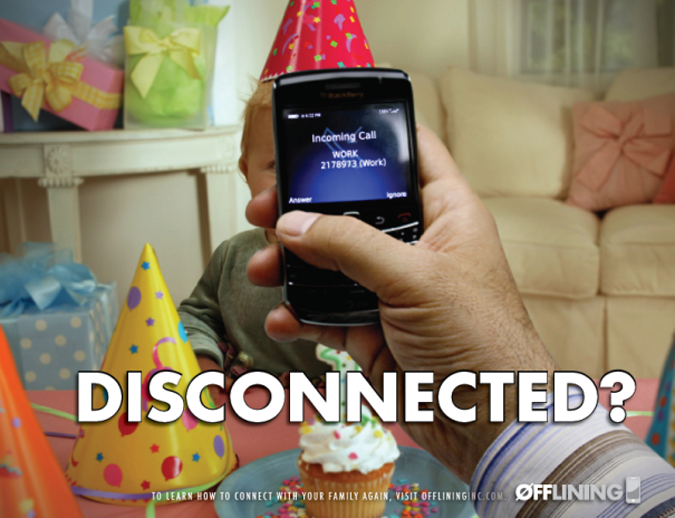
At kids soccer games around the country, hyperconnected Dads tweet about trivia to pass the time. Meanwhile, as you walk into a supposedly social event, people all around you pull out their devices to “check in” on Foursquare or Gowalla. Through the night, people continue sharing their real feelings and thoughts not with the person in front of them but to their audience of “followers” on Twitter, making a real life social event feel decidedly ANTI-social. Sound familiar? As technology allows us to share every moment instantaneously online, are we missing out on what is right in front us? And if so, is the only solution to turn our gadgets off, or is there some imaginary line of balance that we can strike? This session will explore those questions, and the anti-social path that our always-connectedness may be leading us towards. Most importantly, we’ll try to uncover how you might fight back and reclaim your humanity from the social media bubble around you. We like the idea, let them know what you think! … To read more click here.
By
Team DIGO | 08/17/2010 | in
Even though it was only a few years ago, life in the year 1999 B.C. – Before Cell Phones – is difficult to imagine now. More than a platform to play ‘Bejeweled’, cell phones have become an essential tool for communicating in today’s modern world. With text messaging, e-mail and evenTwitter now used as vital modes of communication, life without a cell phone seems little more than a a Yakov Smirnoff “In Soviet Russia…” joke — or if you’re truly tech-obsessed, a total nightmare.
But even with the added convenience and ease that a cell phone brings, there are some definite downsides. Some experts believe excessive use can cause us to become more impatient, impulsive, forgetful and even more narcissistic, reports the New York Times. A recent poll conducted by the paper found that people think cell phones are intrusive and increase stress levels. To read more click here.
By
Team DIGO | 07/27/2010 | in
B2C Marketing Insider
July 27th, 2010
Has Technology Become a Drug? Providing Balance with Offlining, Inc.
A new initiative has been launched — Offlining, Inc.— that urges (initially) parents to turn off their mobile devices and computers, and focus (more…)
By
Team DIGO | 07/27/2010 | in
July 26th, 2010
Mark DiMassimo’s one on one interview with the host of Your World with Neil Cavuto on Fox News Channel.
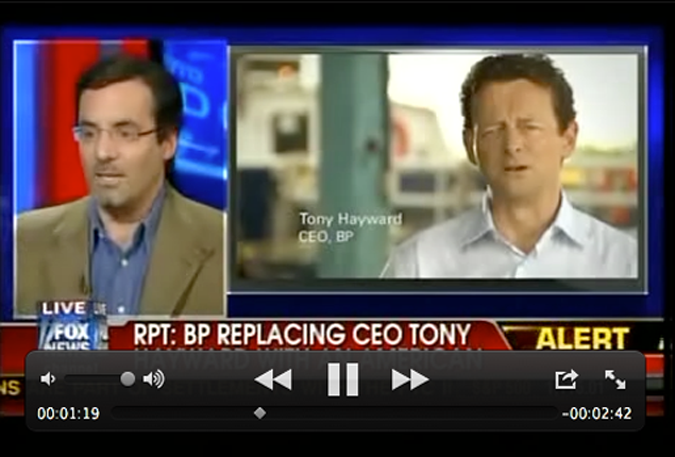
By
Team DIGO | 07/08/2010 | in
MISTAKES NOT TO MAKE IN A SOCIAL WORLD.
CNN has fired senior editor of Middle East affairs Octavia Nasr. As Daniel Halper pointed out the other day, Nasr (more…)
By
Team DIGO | 07/06/2010 | in
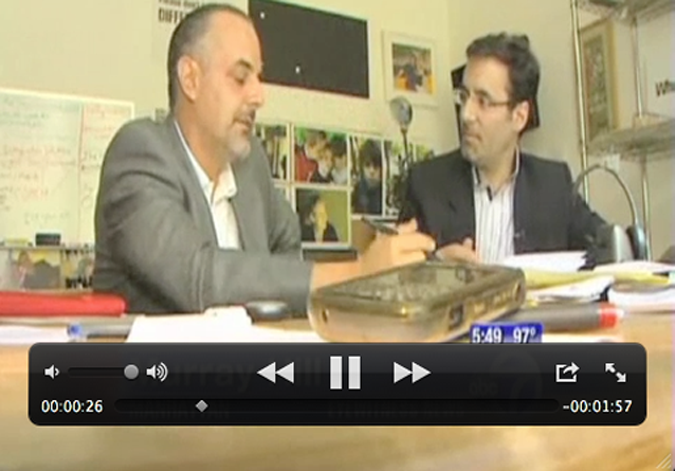
Mark DiMassimo, CEO and Chief Creative Officer of DIGO and Eric Yaverbaum, CEO of Ericho Communications, talk about their new movement, Offlining on ABC TV.
NEW YORK (WABC) — A new campaign to spend more face to face time is called “Offlining”. Eric Yaverbaum is a PR head, and Mark DiMassimo is a marketing executive. They frequently work together, but these days, they are the client. “We got together and said what’s bugging us about the world, and we said the off button. No one is selling the off button,” Yaverbaum said. In other words, everyone is yapping, texting and typing away. So, Eric and Mark are spending their own money to get people to turn off those devices, they call it Offlining. “We would like to accelerate a conversation of building offline time into life, that’s basically it,” said DiMassimo. To read more click here.
By
Team DIGO | 06/29/2010 | in
We love an articulate and informed fan… check this out from Growing a Green Family.
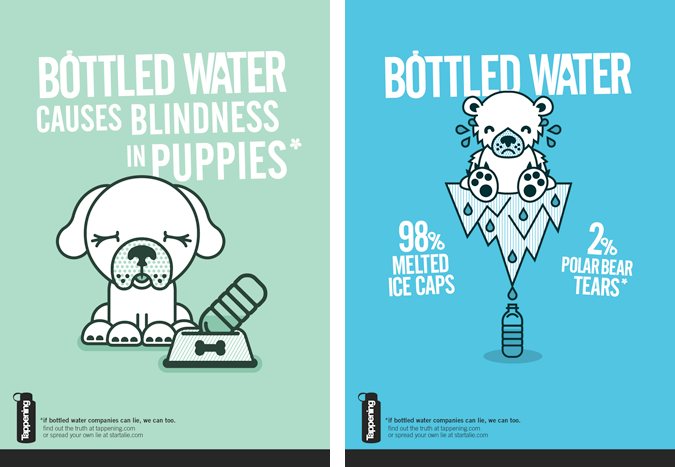
‘Tappening has got to be the best flipping anti-bottled water campaign ever created. Tappening was covered at the New York Times last year but I just learned about them today.’Tappening targets bottled water companies with a simple tactic (more…)
By
Team DIGO | 07/31/2009 | in
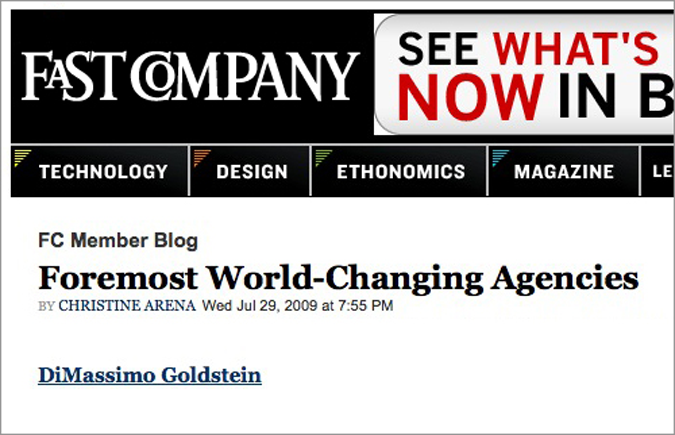
“The reality is that good agencies are a dime a dozen. But great agencies – the kind that transform the way we see, buy and experience things – are few and far between. The World-Changing Agencies described below deserve credit, because what they do each and every day moves the market and improves people’s lives for the better. Their passion and purpose, their goals and strategies, their mediums and messages, encourage each of us to step back and see the bigger picture.
World-Changing Agencies encourage people to think twice before they buy. Through their work, we can redefine ourselves:”
(more…)






